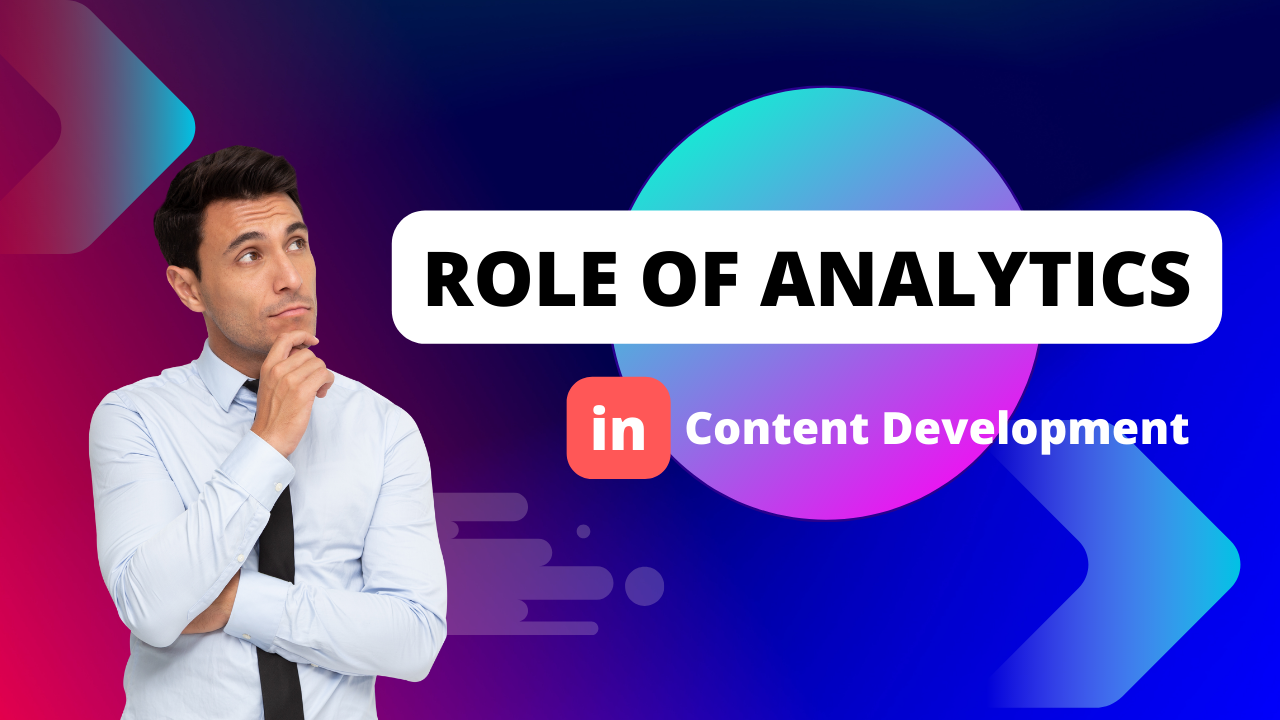Do your efforts to consistently engage your audience with your content need to be revised? Do you wish there was a way to create engaging and impactful content every time? Look no further because analytics is the secret ingredient to successful content development in today’s digital age. From understanding your target audience’s preferences to optimizing your messaging strategy, analytics is crucial in aligning your content with what truly resonates.
In the following article, we’ll look at the fascinating world of analytics and explore how it can revolutionize your approach to content creation. Get ready to unlock the power of data-driven insights and take your content game to new heights!
What is Content Analytics?
Content analytics is analyzing content to understand better how it is performing and how it can be improved. It involves looking at engagement, reach, and conversion rates to see what is working and what isn’t.
Content analytics can improve the overall strategy for a piece of content. For example, if you see that a certain type of content gets more engagement than others, you may want to focus on creating more content. Or, if you see that a certain time of day gets more engagement than others, you may want to target your content releases for that period.
“Fuel Your Brand’s Success: Ignite Connections with Our Content Marketing Services Agency!”
Looking at the analytics for your content can also help you to troubleshoot problems. For example, if you see a sudden drop in reach or engagement, you can investigate what may have caused it. It could be anything from a change in algorithm to a problem with how the content was presented.
Content analytics is a useful tool for figuring out how your content is doing and how to make improvements. By regularly reviewing the analytics for your content, you can ensure that your strategies are on track and that your content is reaching its full potential.
Benefits of Using Analytics in Content Development
Analytics can be incredibly useful in determining what is and is not working regarding content development. You can see clearly which pieces of content connect with your audience and which do not by monitoring engagement metrics like time on page, bounce rate, and conversion rate.
This data can inform your content strategy moving forward, ensuring that you’re developing content to help you achieve your business goals. In addition to helping you track and improve your content, analytics can also be used to benchmark your performance against your competitors.
By understanding how your content stacks up against other companies in your industry, you can make adjustments to ensure you’re always putting your best foot forward. When it comes to developing killer content, analytics is your friend. Make sure you’re using it to its full potential!
Types of Analytics Used in Content Development
There are a variety of analytics that can use in content marketing solutions to measure engagement and performance. Some of the most common types of analytics used include pageviews, time on page, bounce rate, and conversion rate.
Pageviews are a statistic that indicates the frequency with which a piece of content has been viewed. This metric is useful when attempting to determine the general popularity of a piece of content.
Time on page measures how long readers spend on a piece of content. One can use this metric to determine whether readers are engaging with the content or are just quickly skimming through it.
The bounce rate measures the percentage of readers who leave after viewing only one page. A high bounce rate may indicate that the content could be more relevant to the reader or better written.
The percentage of readers who perform a desired action after reading content is measured by the conversion rate. It could entail purchasing, downloading, or signing up for a newsletter.
How to Apply Analytics to Content Development
Analytics can be of great assistance in helping you understand what kind of content is connecting with your audience and producing results when it comes to content development. You can learn more about what types of content are successful and change your strategy by monitoring important metrics like pageviews, time spent on the page, social shares, and bounce rate.
In addition, there are several special tools for general website analytics, that measure the performance of your content. For example, the Google Analytics Content Grouping feature lets you group similar pieces of content to see how different types of content are performing.
Content development services are an important part of any online content marketing and analytics can be a powerful tool for ensuring your efforts are paying off. You can ensure your content produces the results you want by monitoring the appropriate metrics and modifying your strategy based on the insights you learn.
Challenges Faced When Using Analytics in Content Development
The challenges faced when using analytics in content development can be divided into data-related and interpretation-related challenges.
Data-related challenges include collecting accurate data, storing data securely, and having enough data to produce meaningful insights. Interpretation-related challenges include understanding the data and how to use it to improve content.
Both challenges can be difficult to overcome but are essential to producing effective content. Analytics can help content developers identify problems and opportunities, track progress, and measure success. Content developers can make the most of this powerful tool by understanding the challenges involved in using analytics.
Advice for Making the Most of Analytics in Content Development
If you’re like most content developers, you’re always looking for ways to produce better content more efficiently. Analytics can help you achieve both of those goals. By understanding which topics are most popular with your audience and which types of content perform best, you can focus on developing the content that will resonate most with your readers.
But analytics is only helpful if you know how to use it effectively. Here are some tips for getting the most out of analytics in your content development:
1. Know what metrics to track. You can monitor various content metrics, but not all will be equally significant or pertinent to your business objectives. Figure out which metrics are most important to you and focus on tracking those.
2. Use data-driven decision-making. Once you understand your audience and what they respond well to, let that data guide your decisions about what kind of content to produce. Don’t be afraid to experiment a bit – after all, that’s how you’ll learn what works best for your audience.
3. Regularly review your analytics. Don’t set it and forget it – check in on your analytics regularly so that you can correct it as needed based on changes in your audience’s behavior or interests.
Conclusion
When it comes to content development, analytics is an incredibly crucial tool. Utilizing analytics, businesses can follow the success of their campaigns and gain a better understanding of the needs and behavior of their customers. With this data, brands can tailor their content to reflect what resonates with audiences more accurately and help them achieve marketing goals. Ultimately, analytics provide a comprehensive view of the customer journey that no other method can, matchmaking them a must-have for any content development effort.
Also, you can go through this blog for invaluable insights on effective customer retention strategies.! sprunki horror Endless Fun Awaits!



